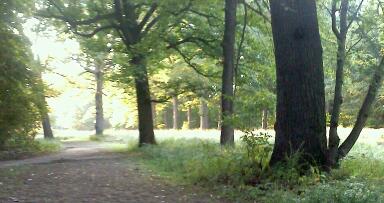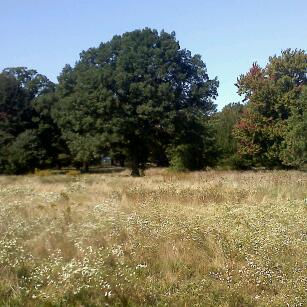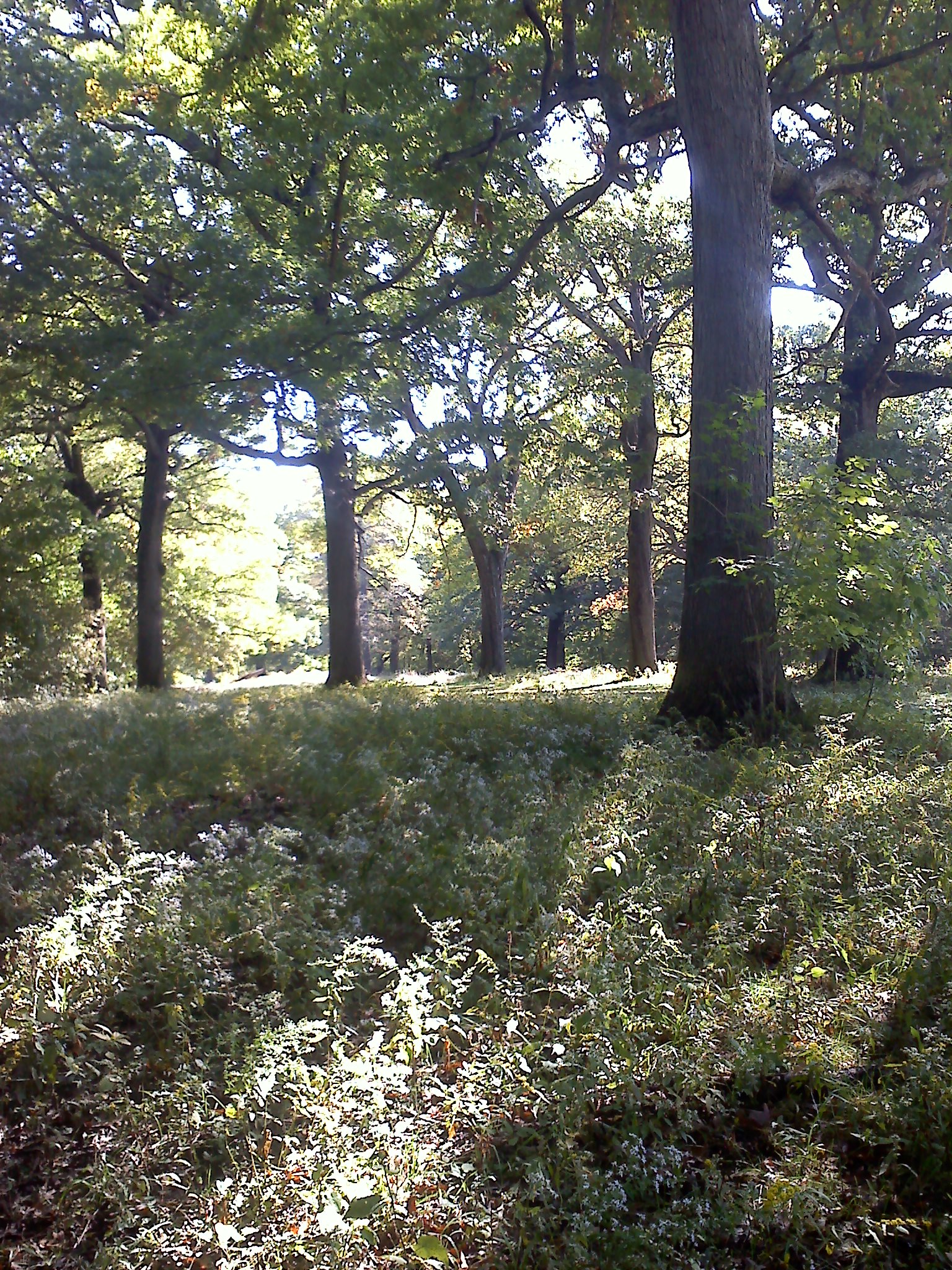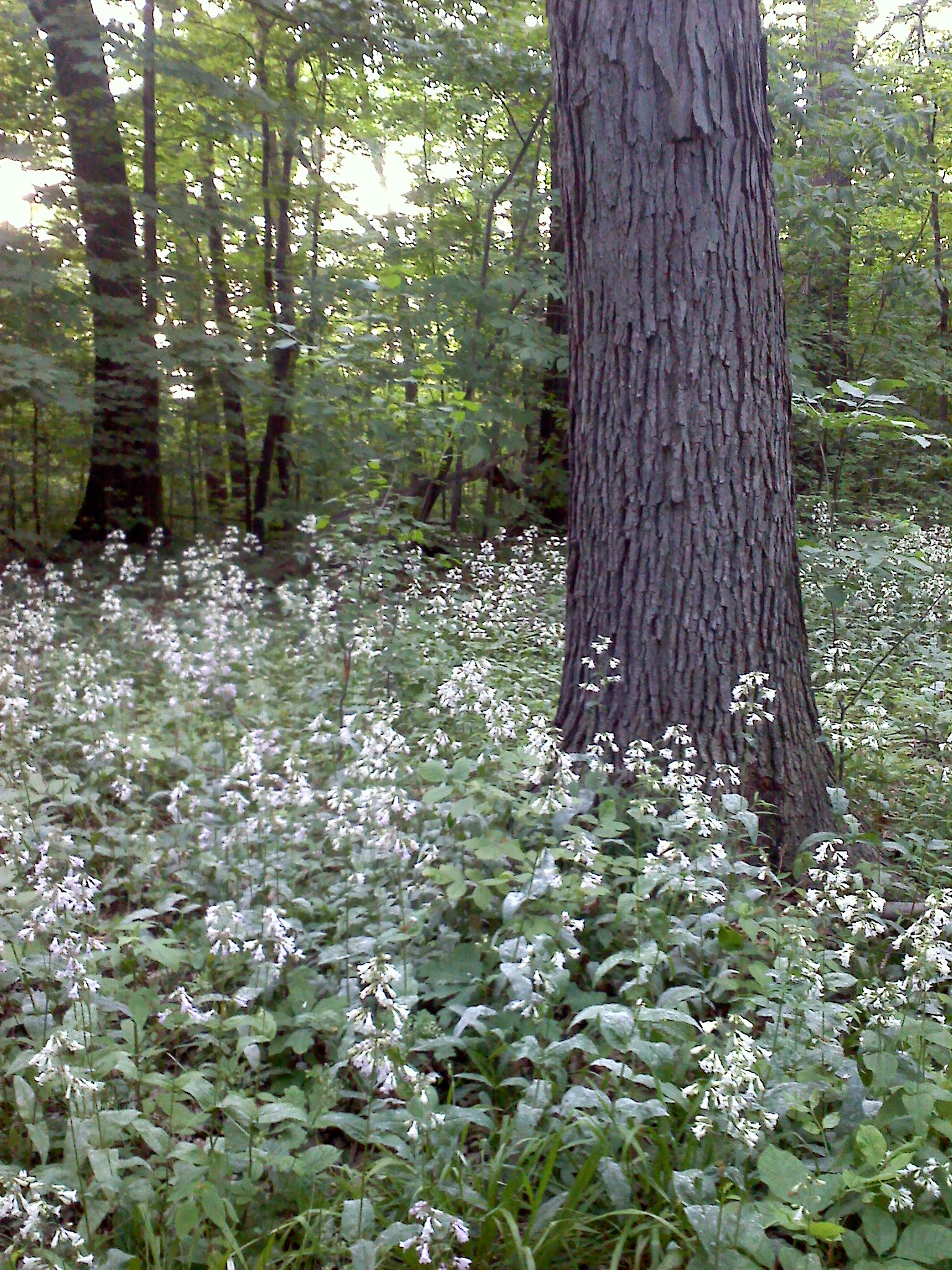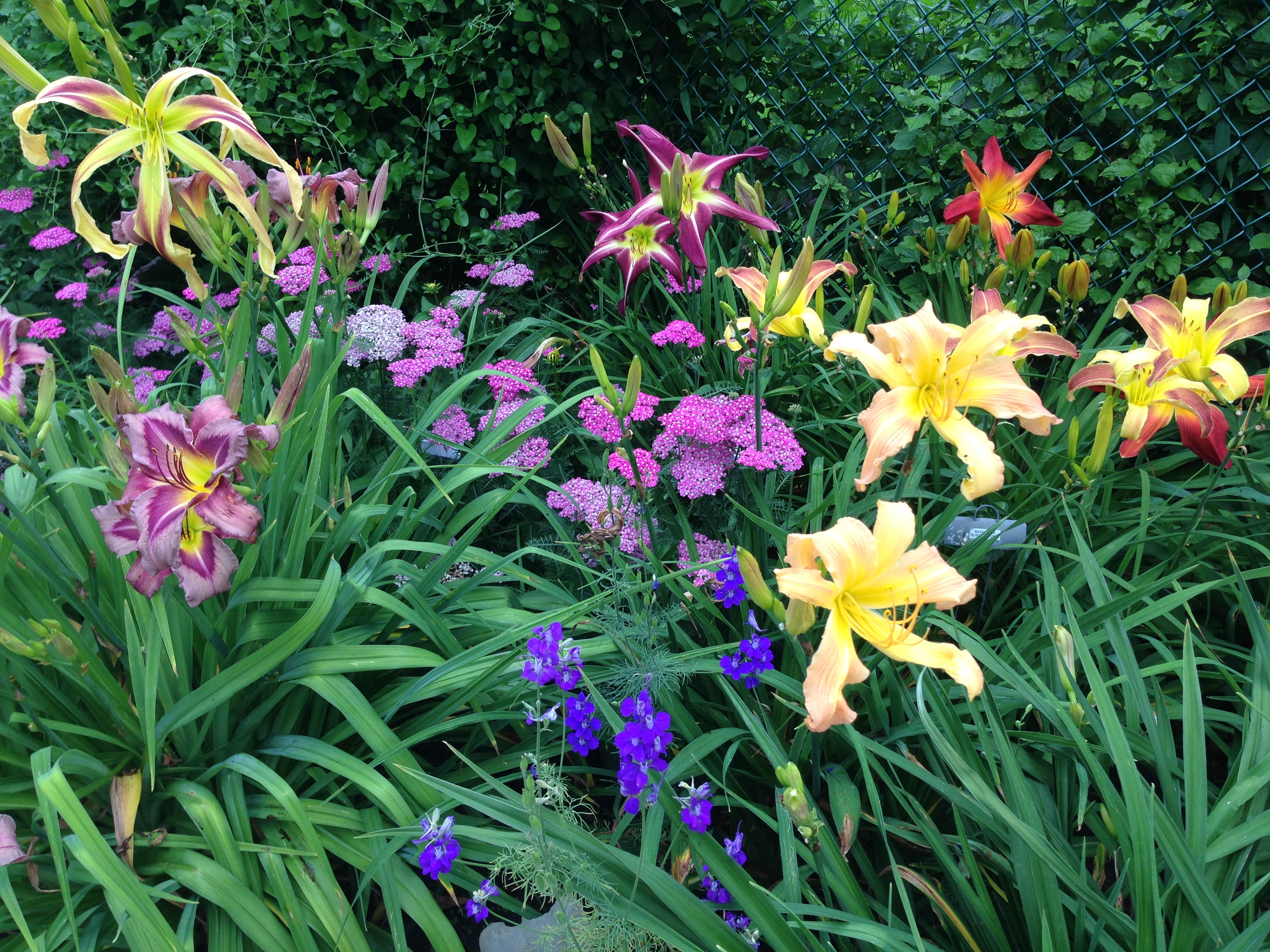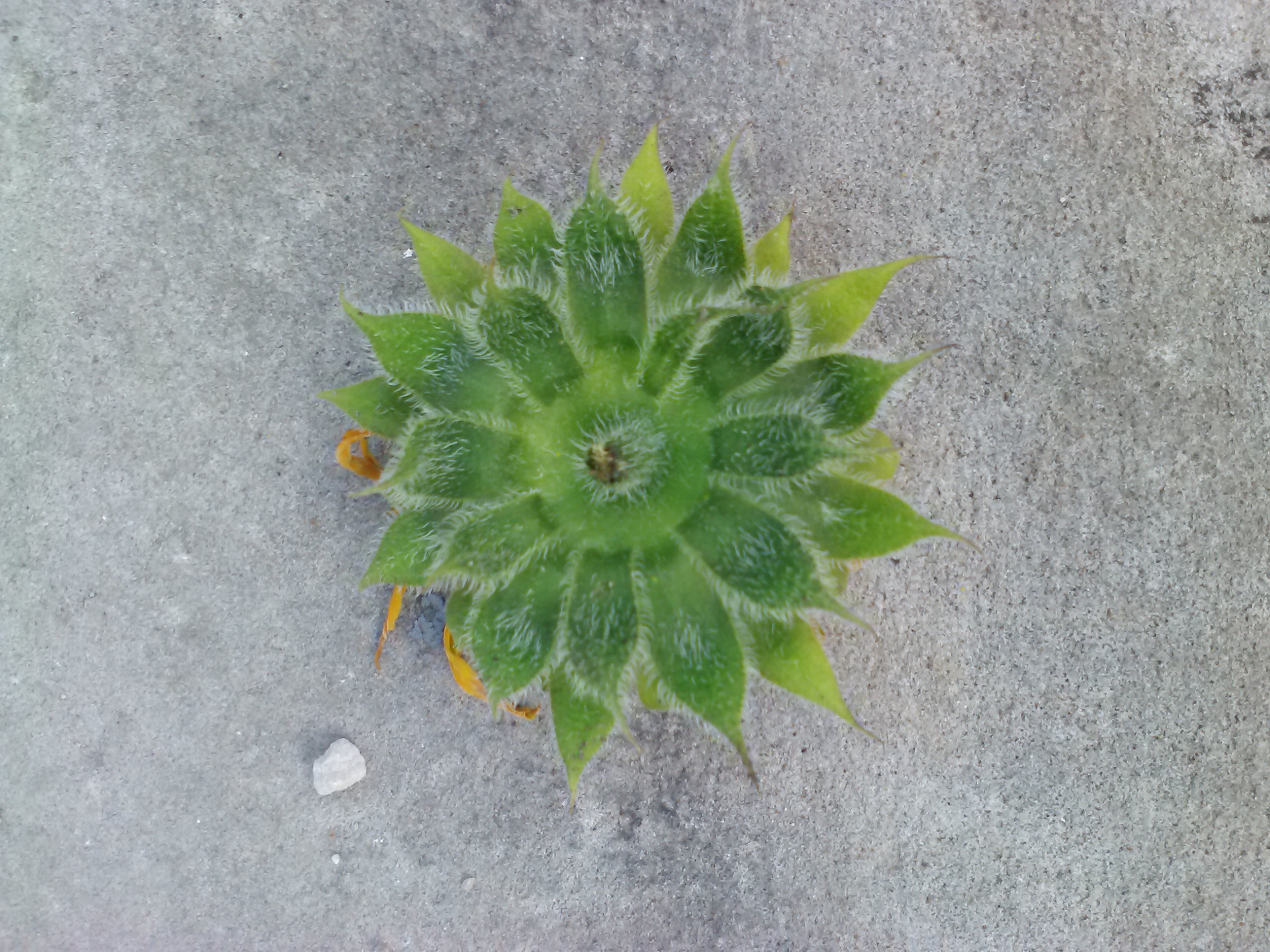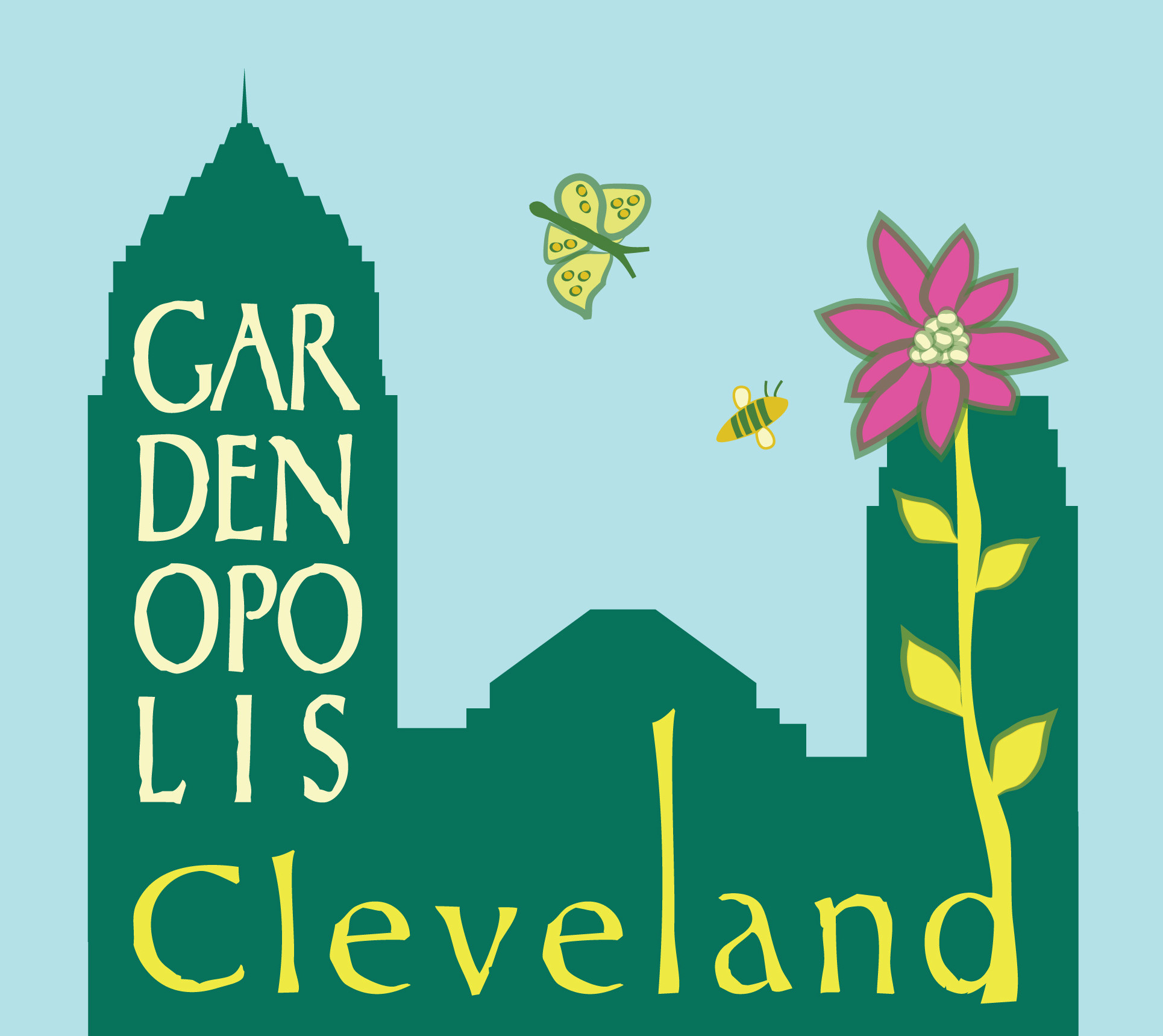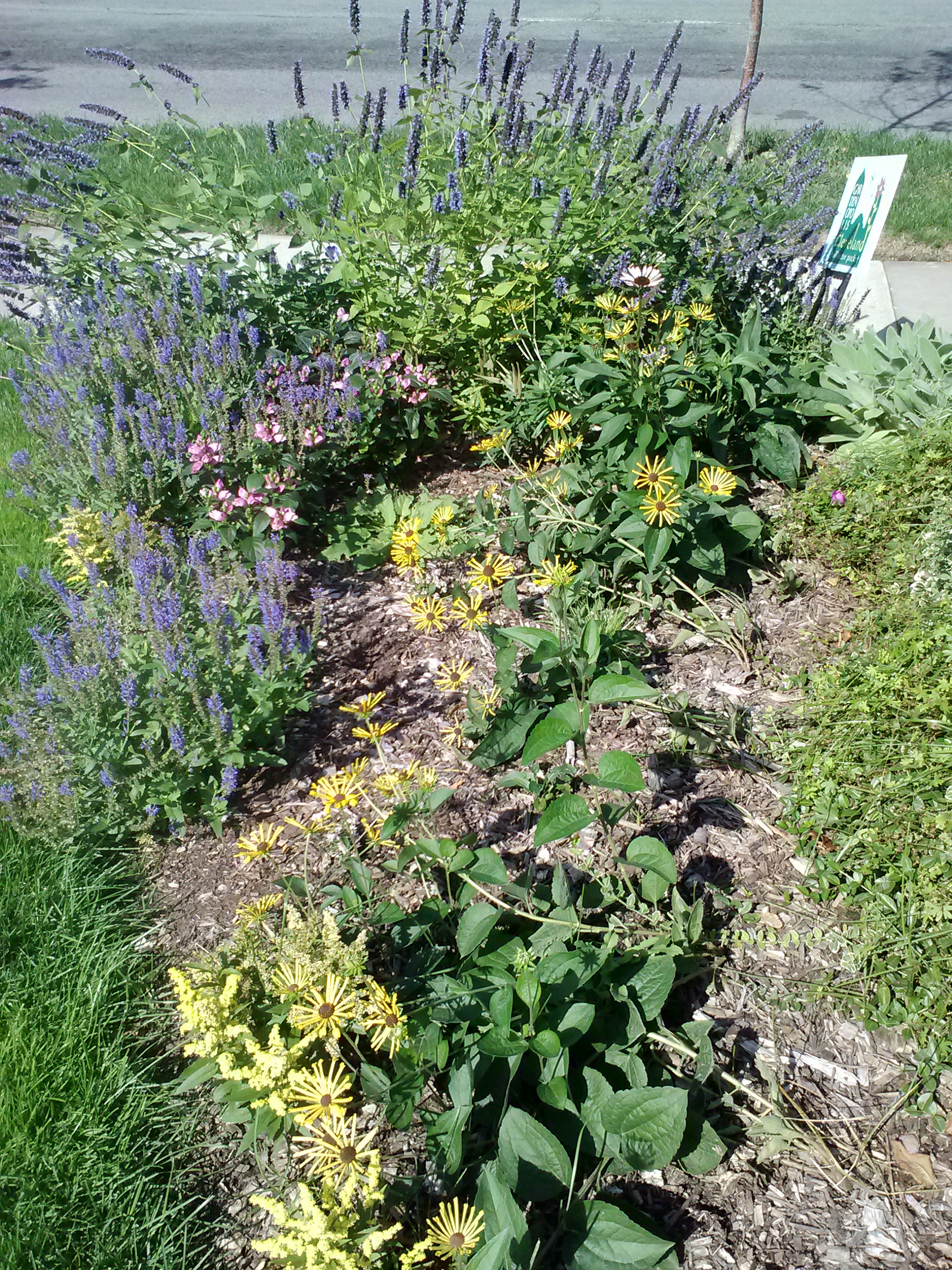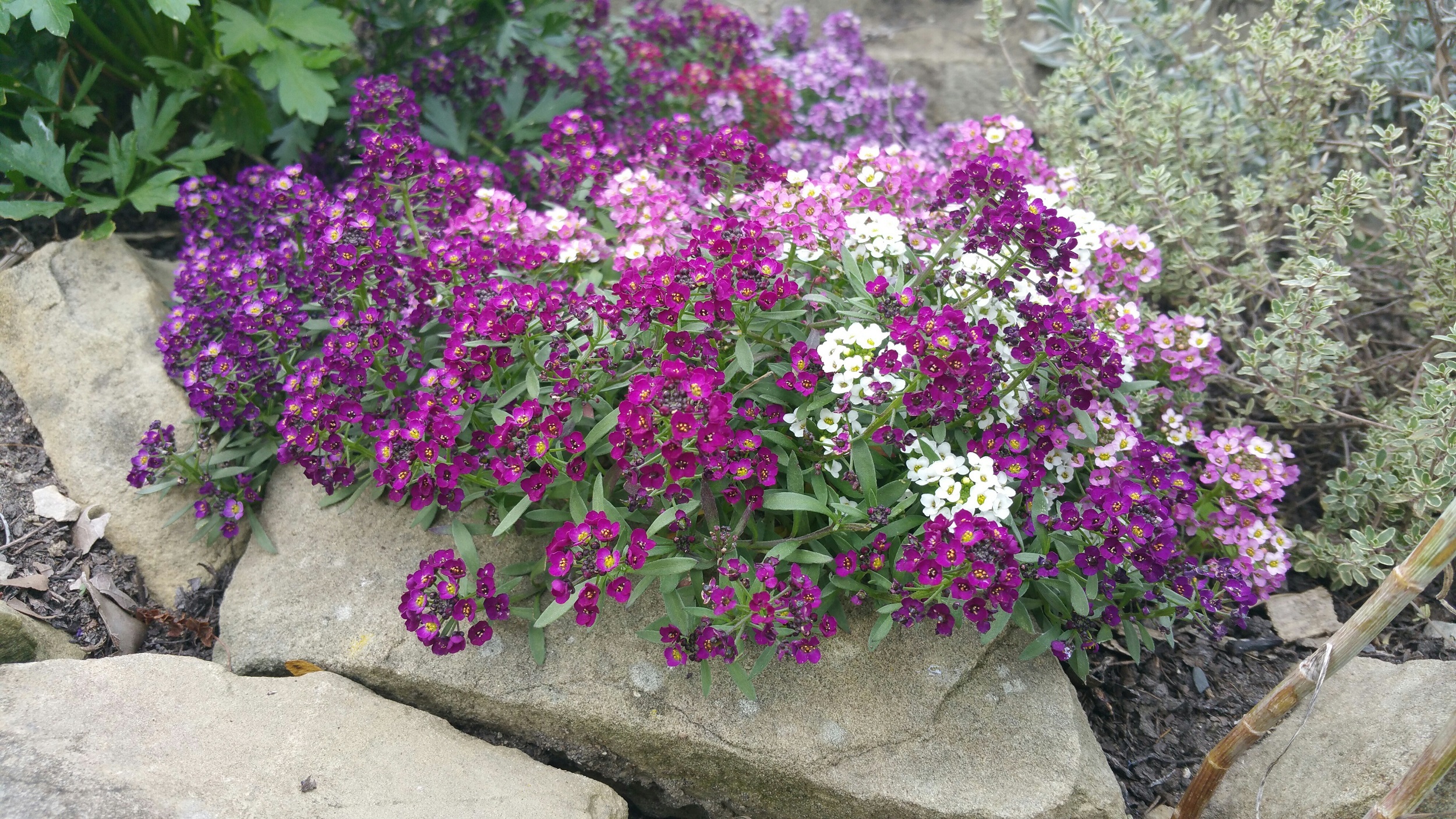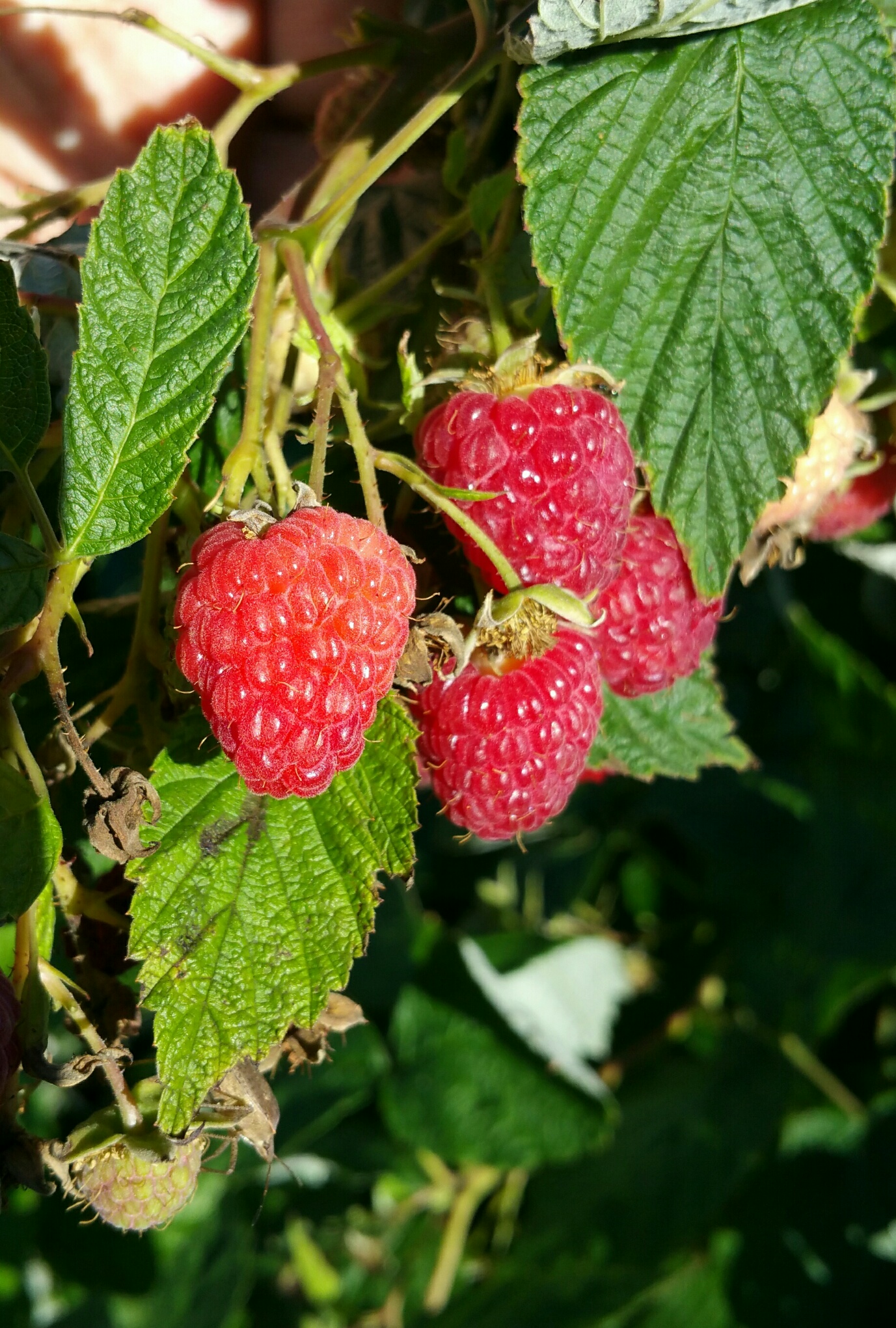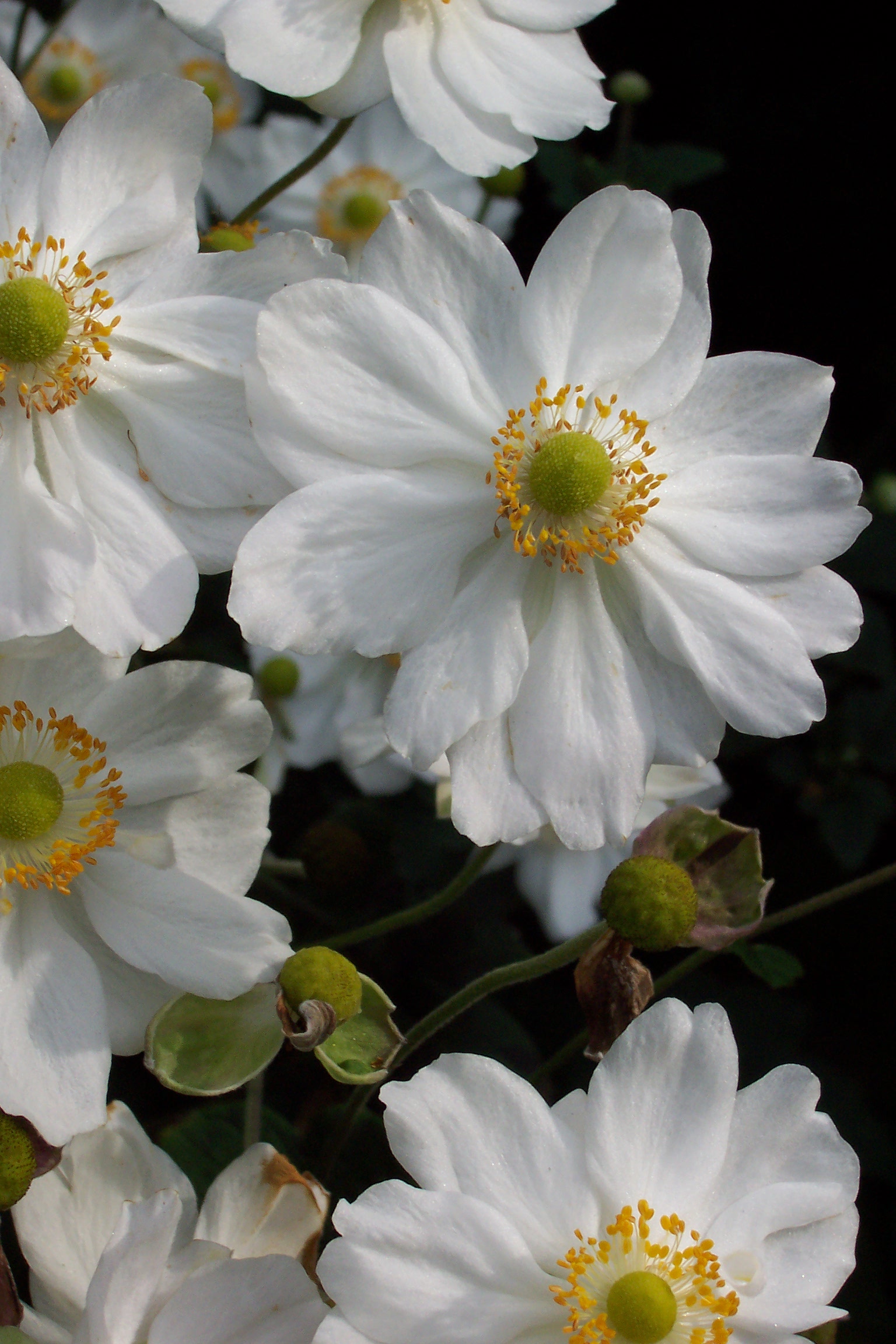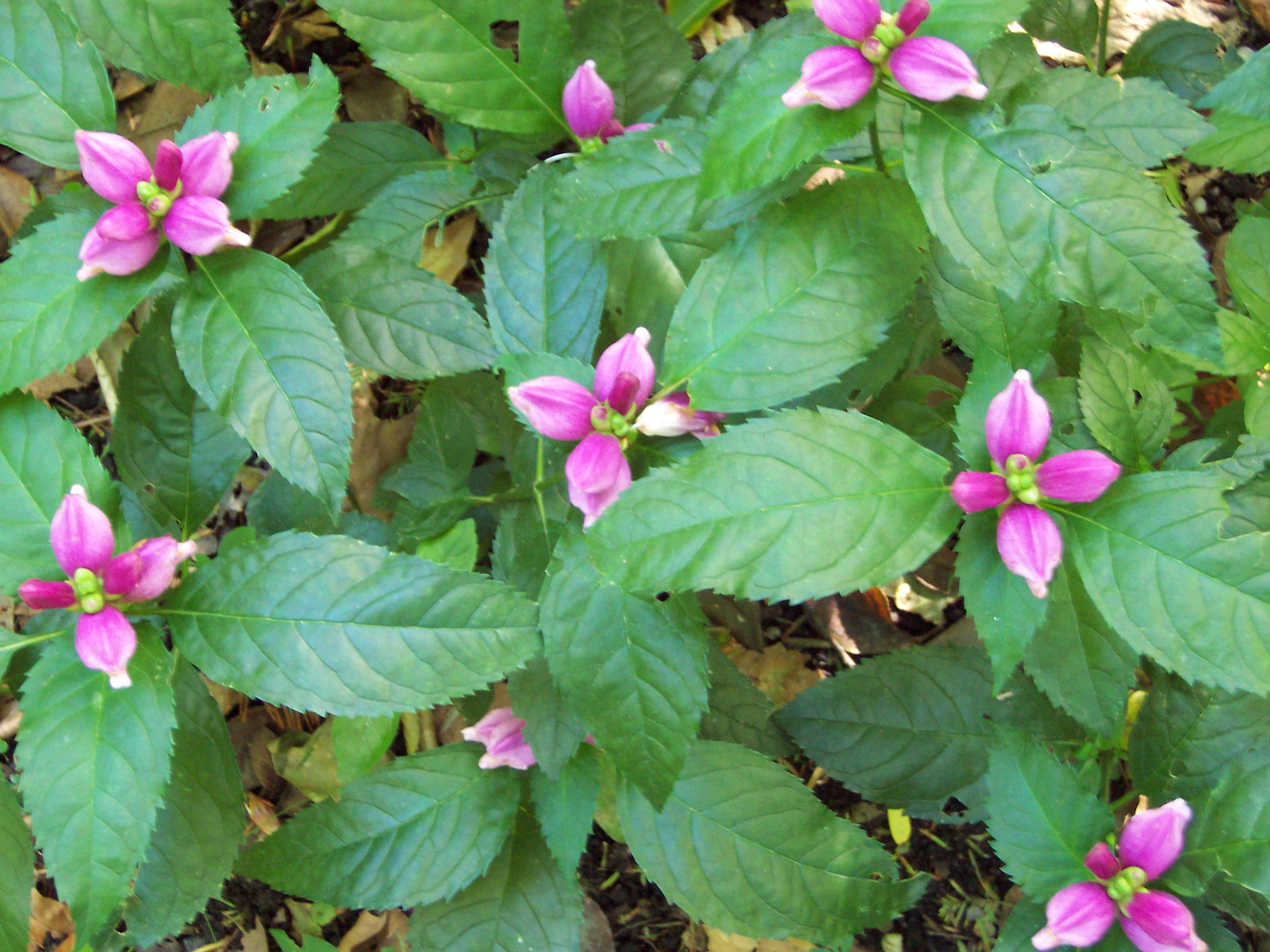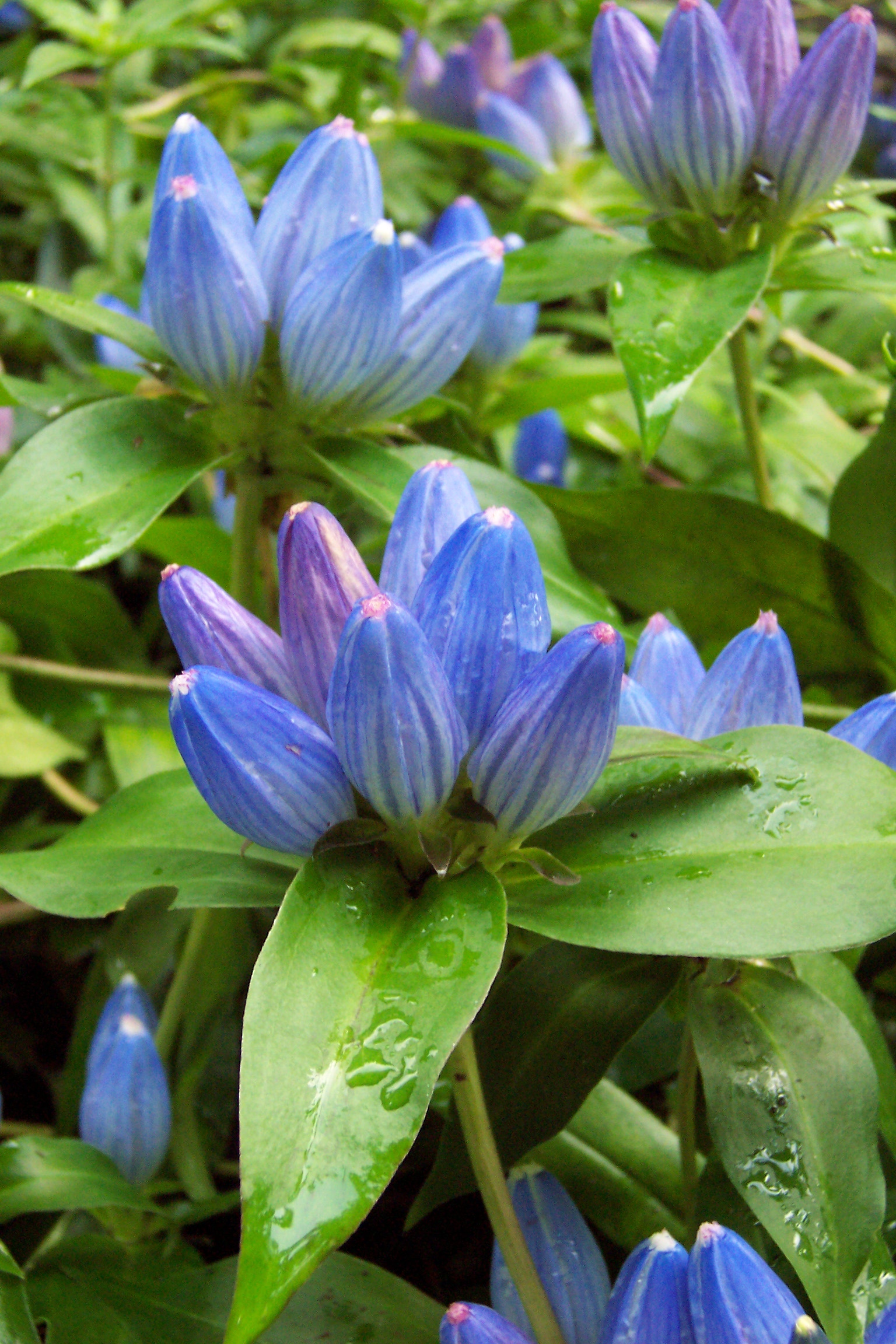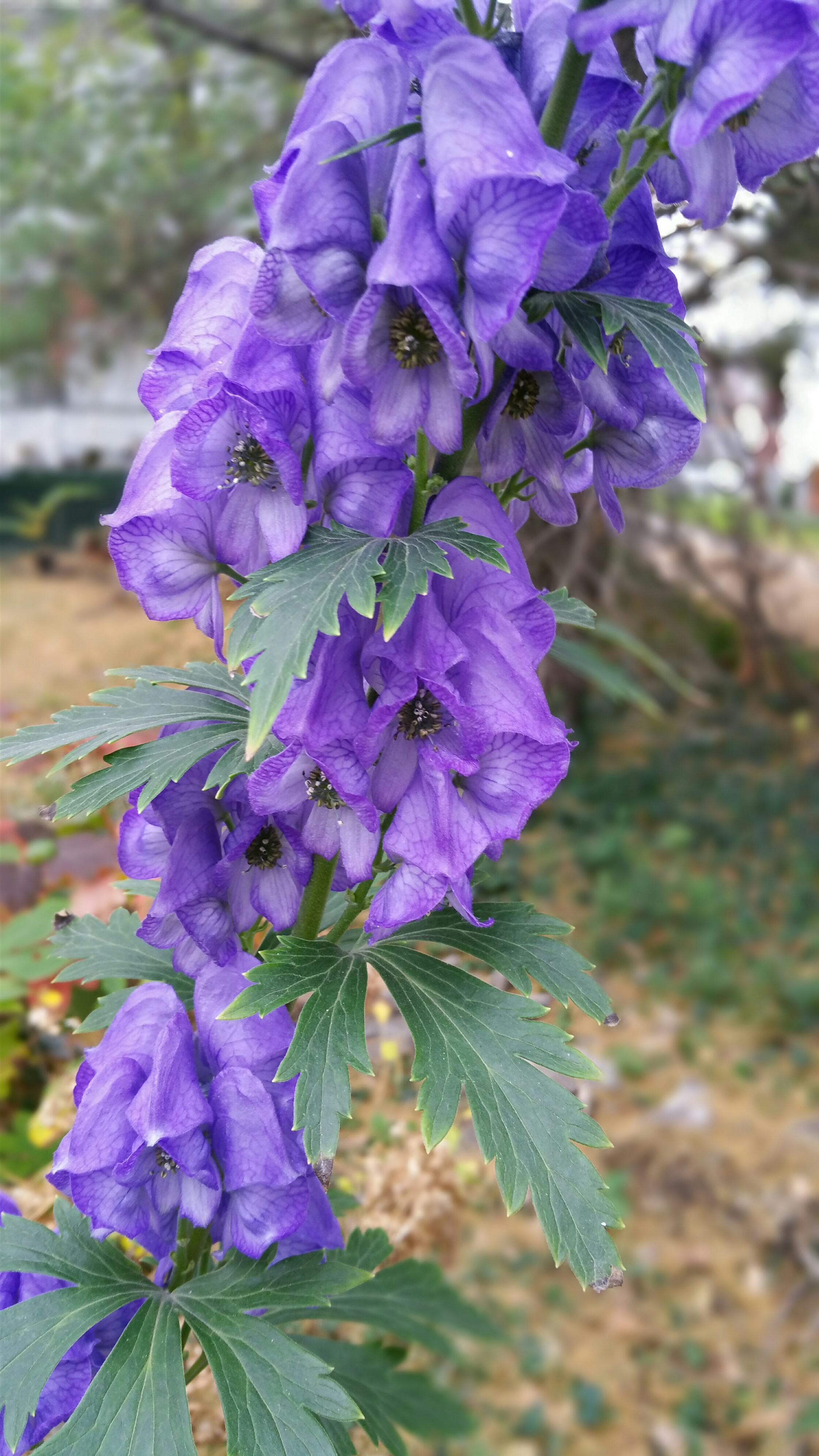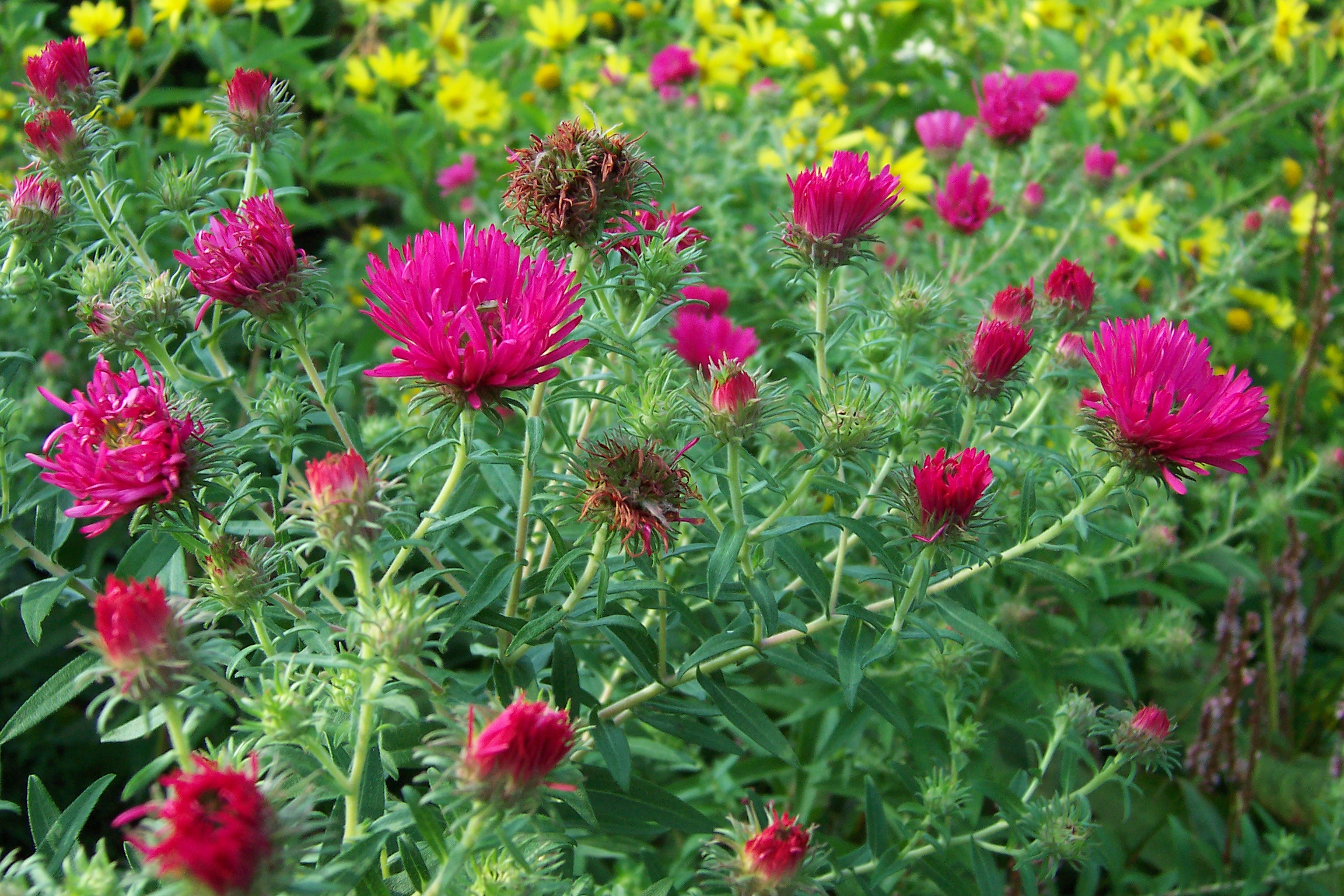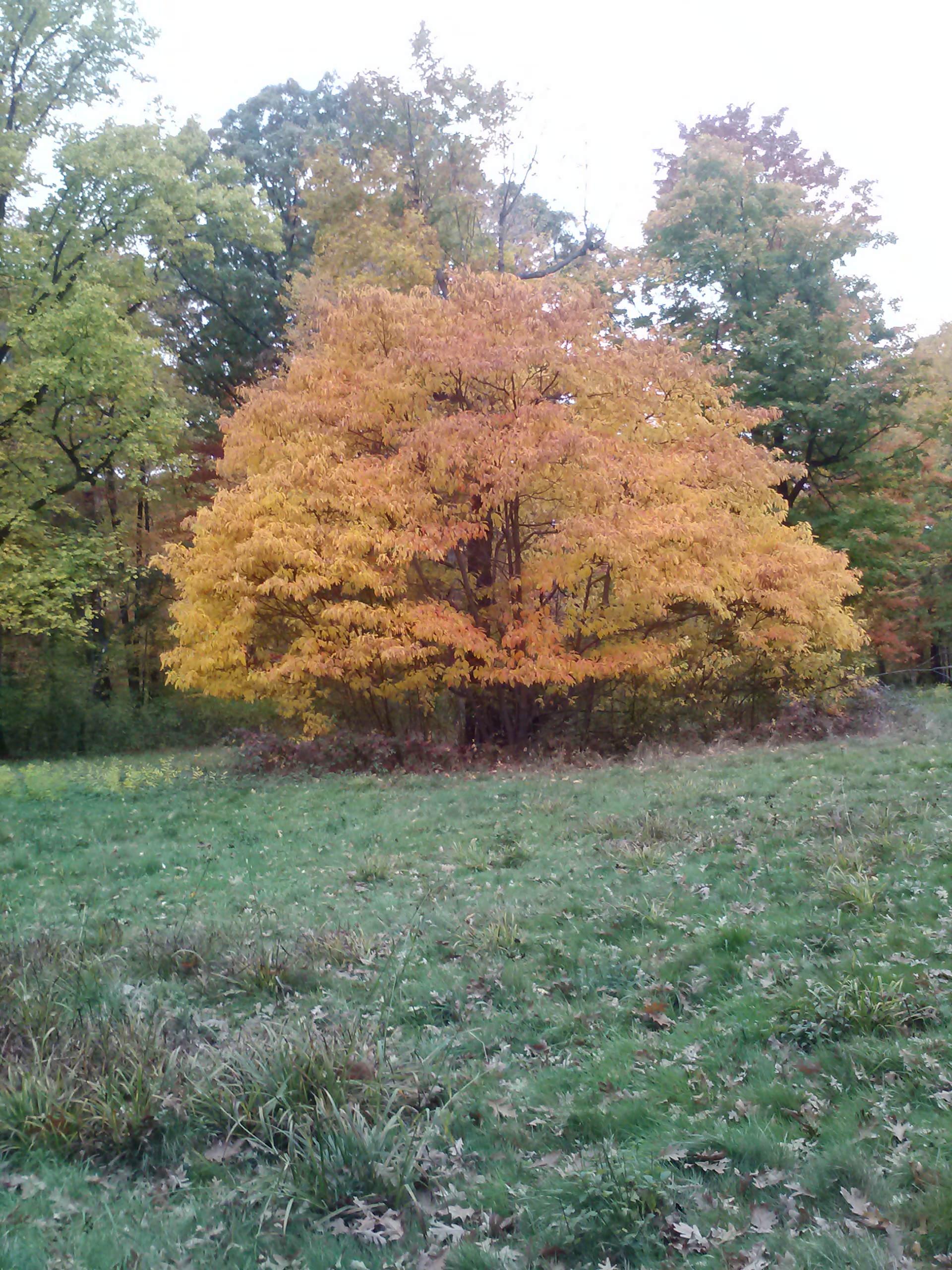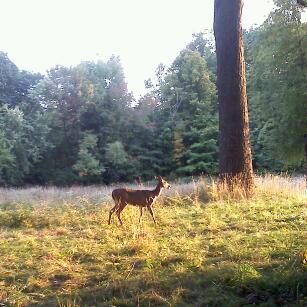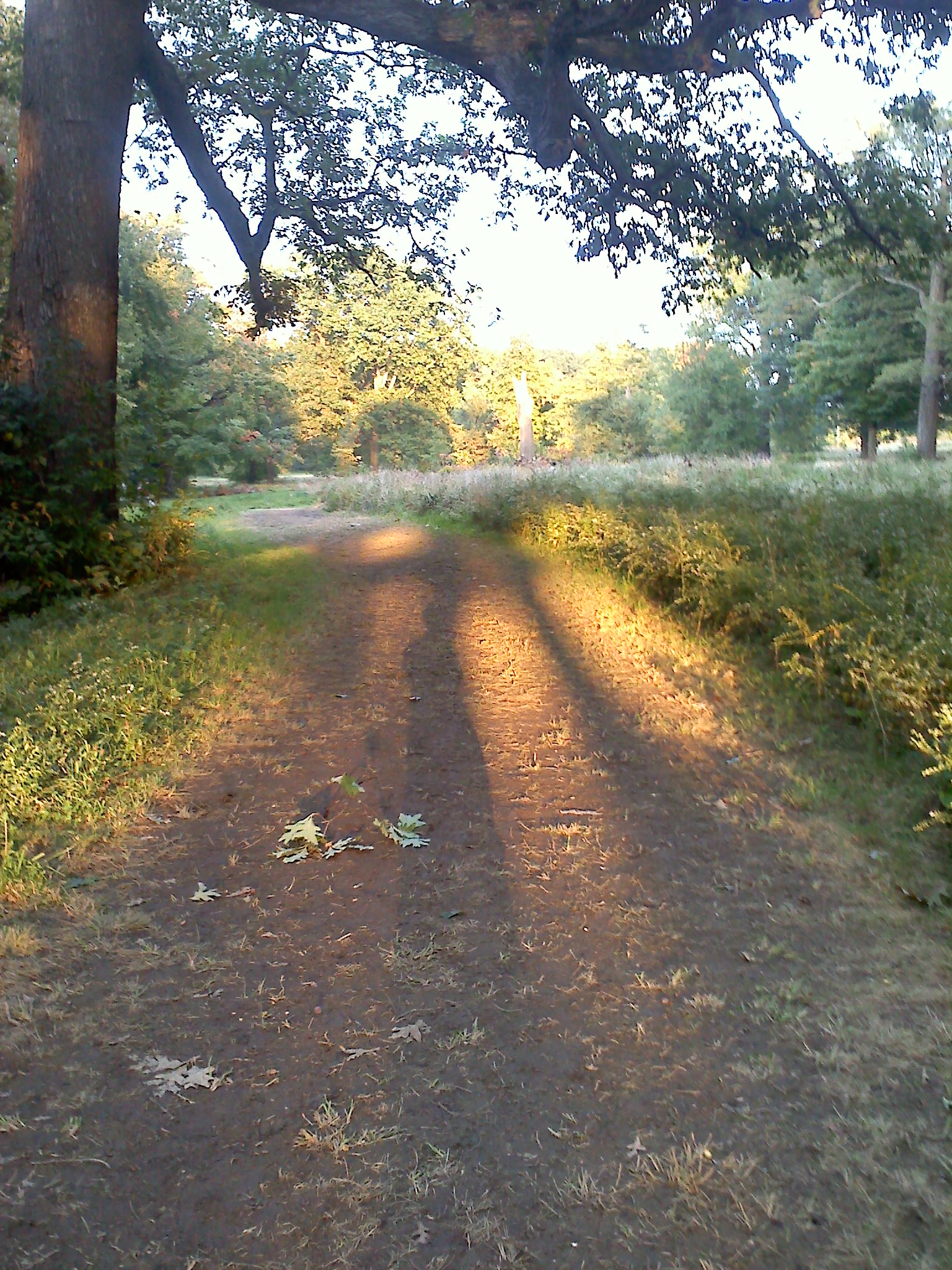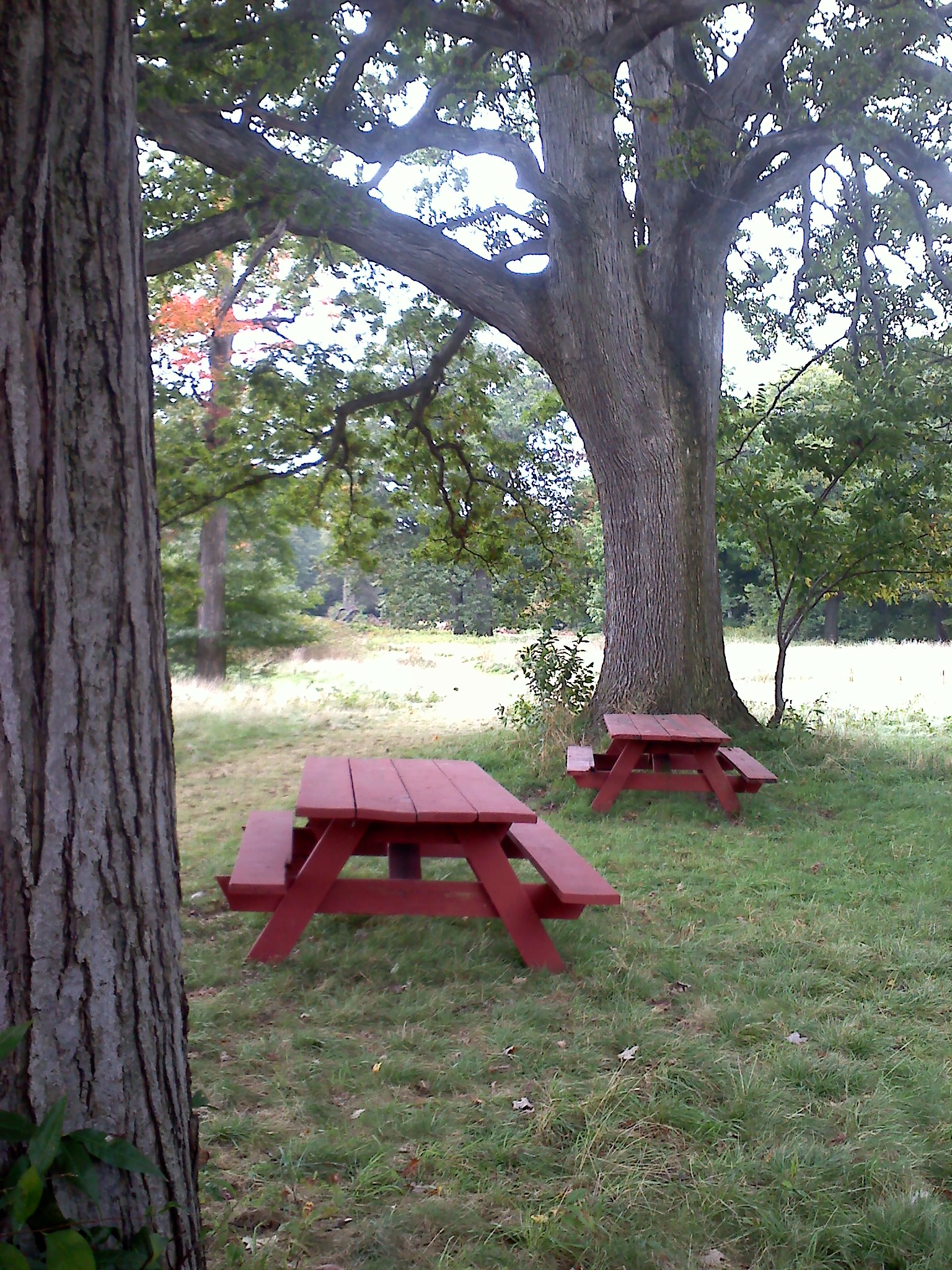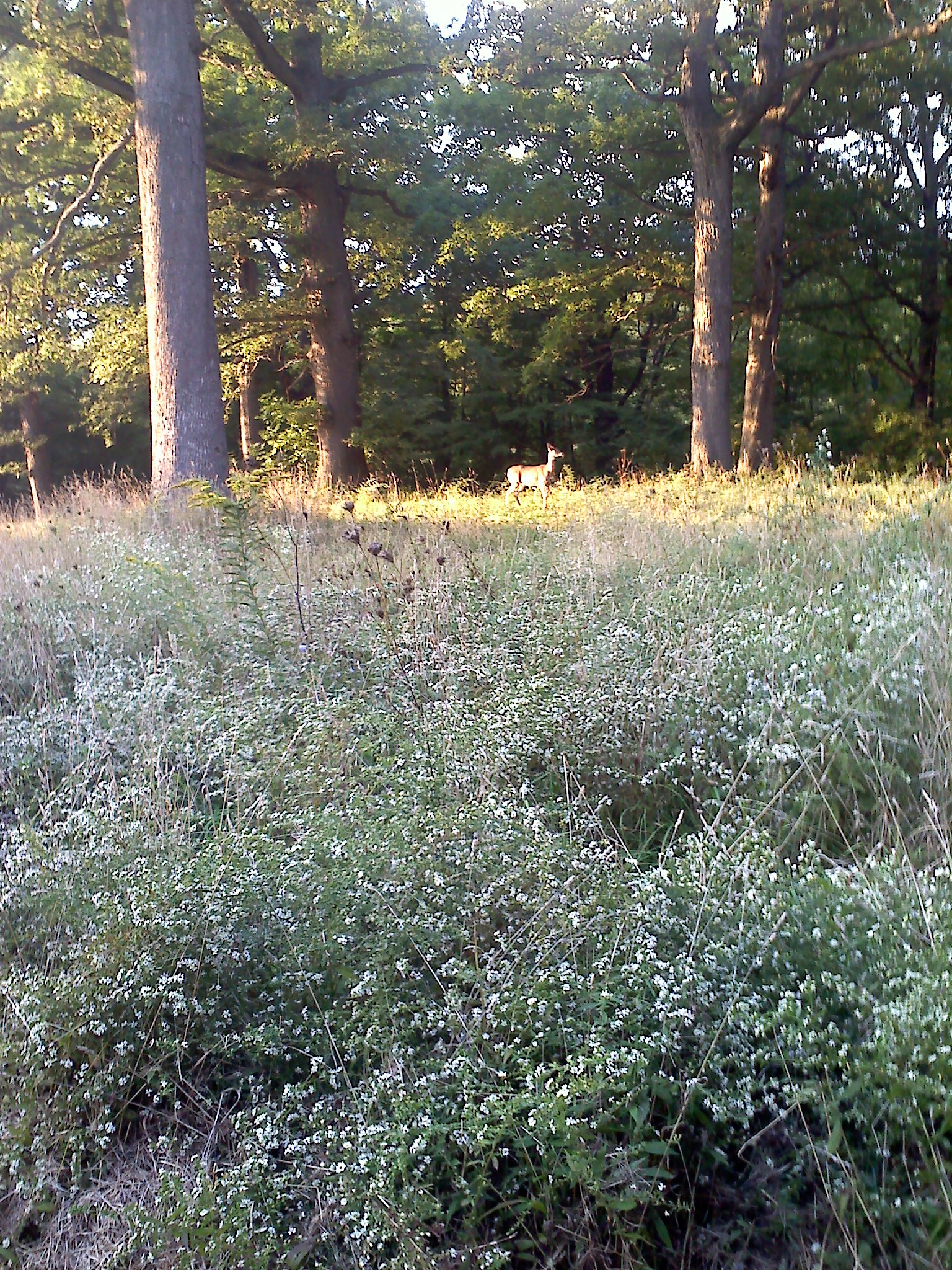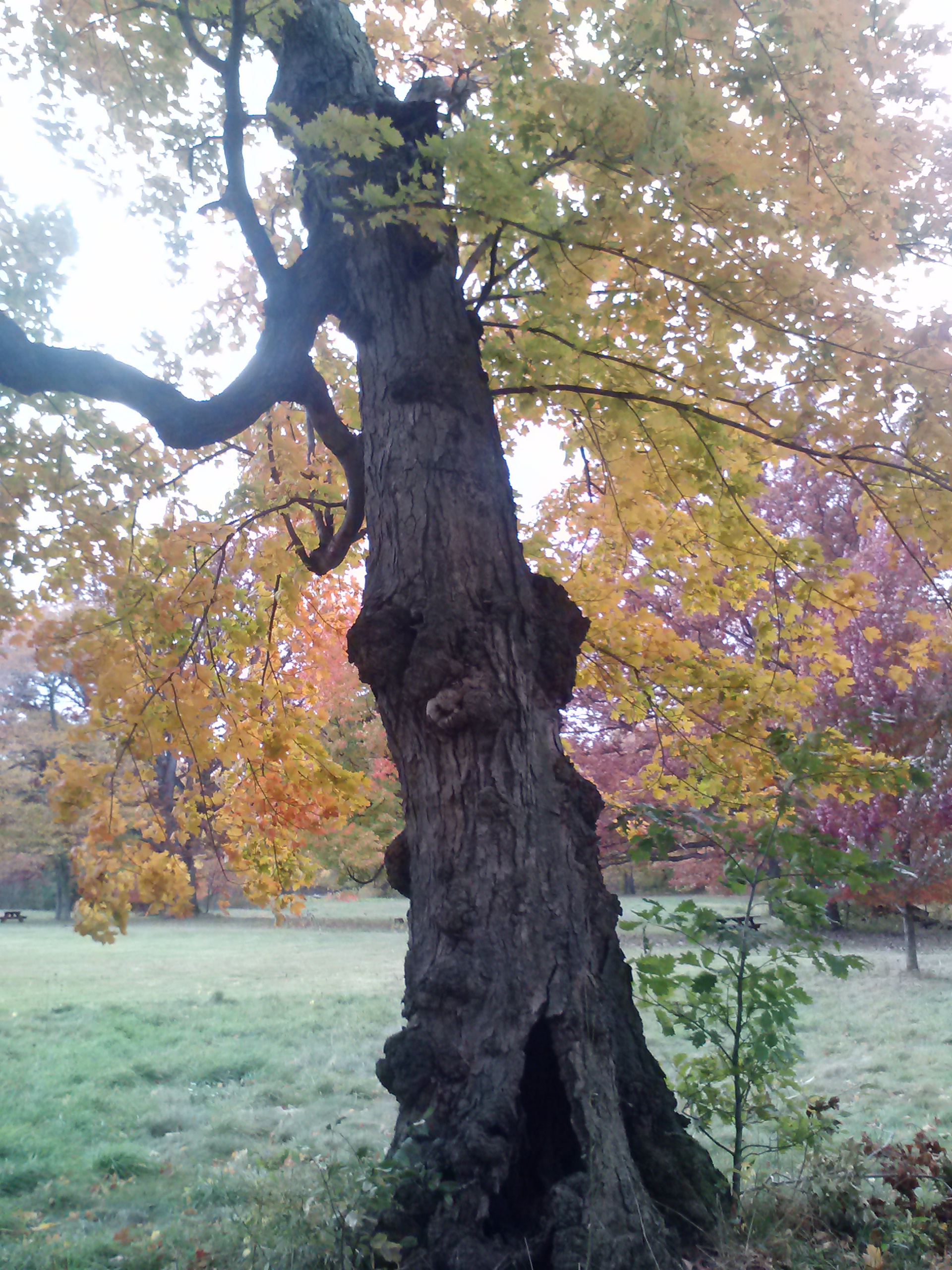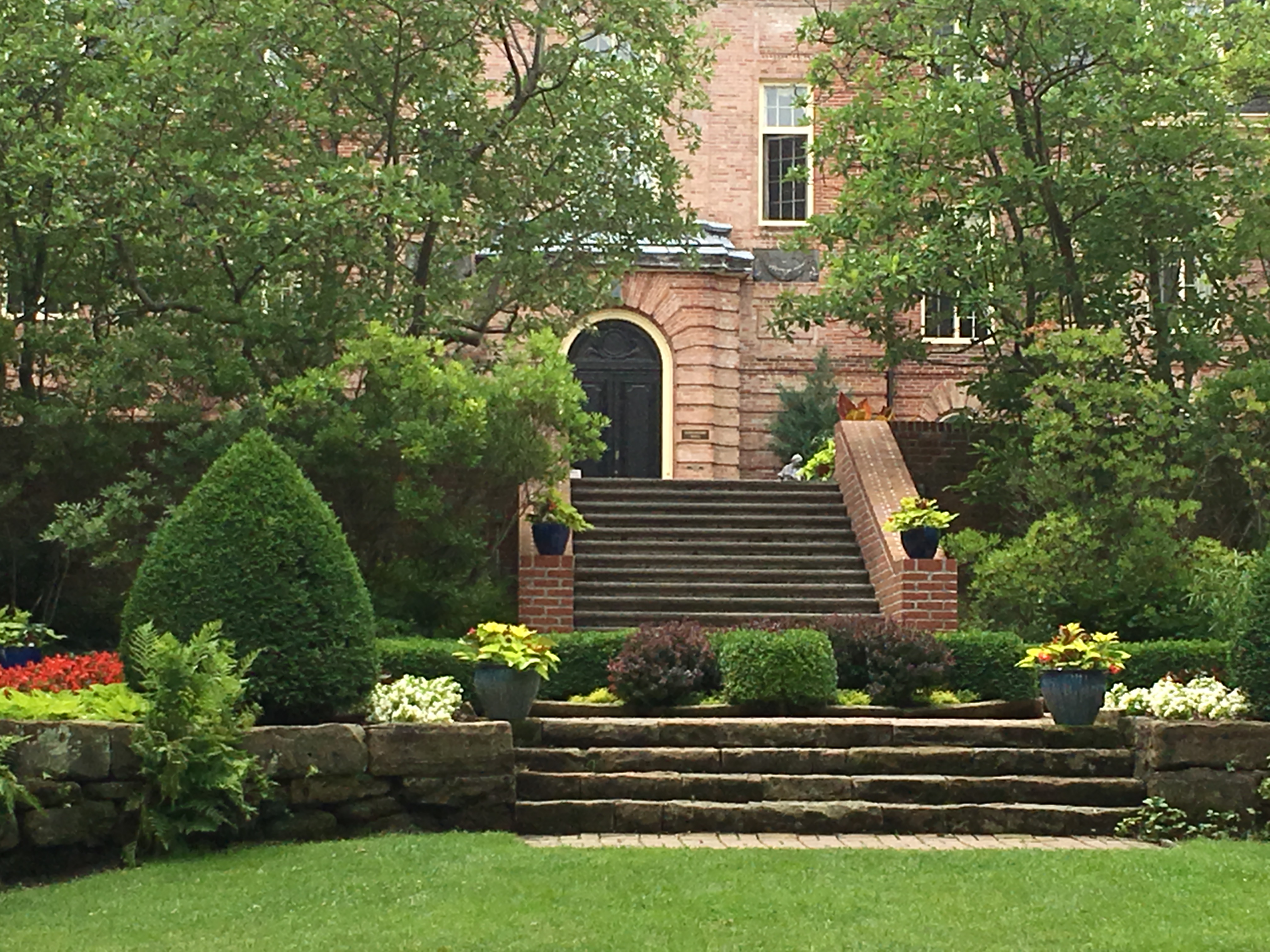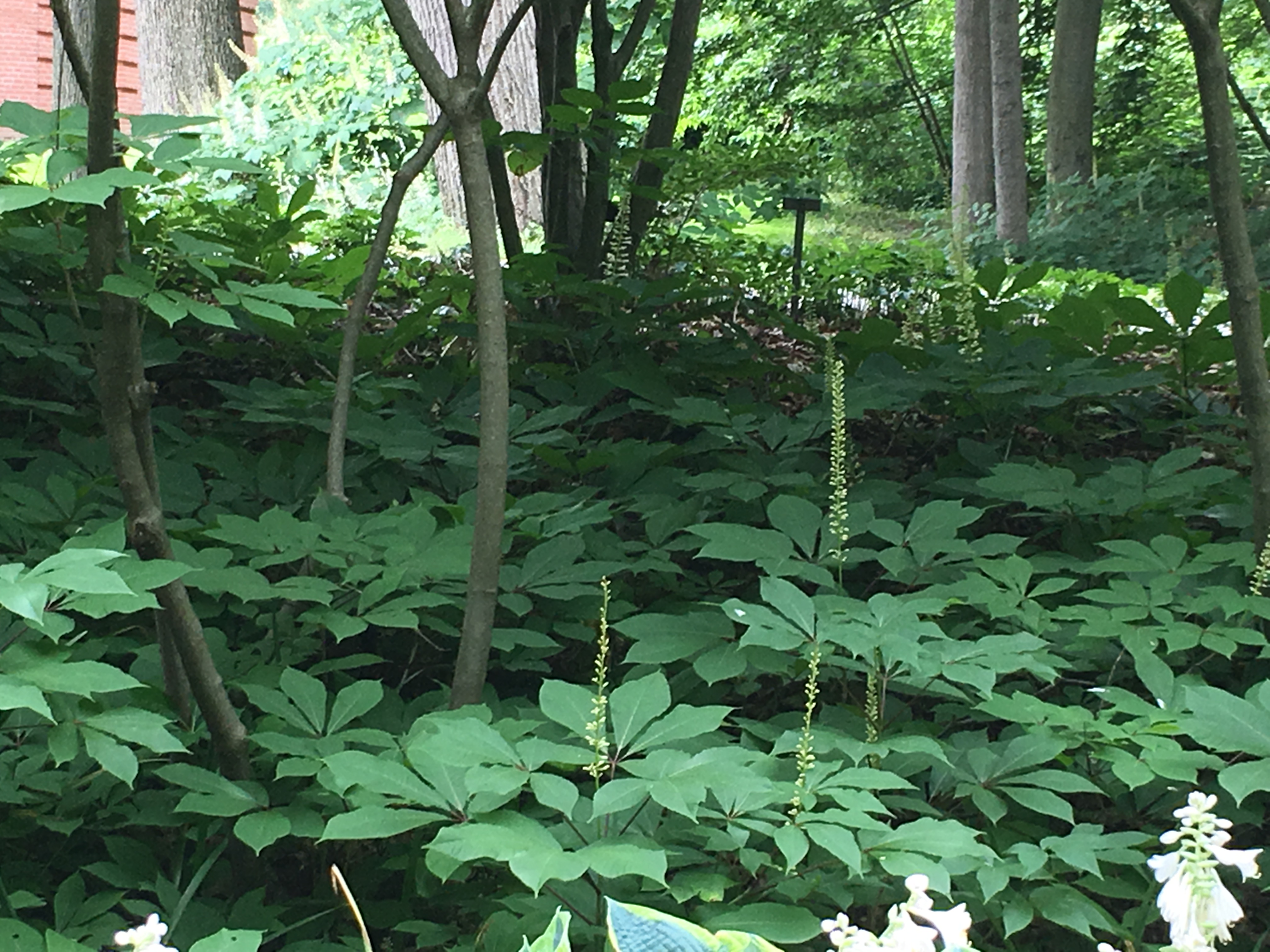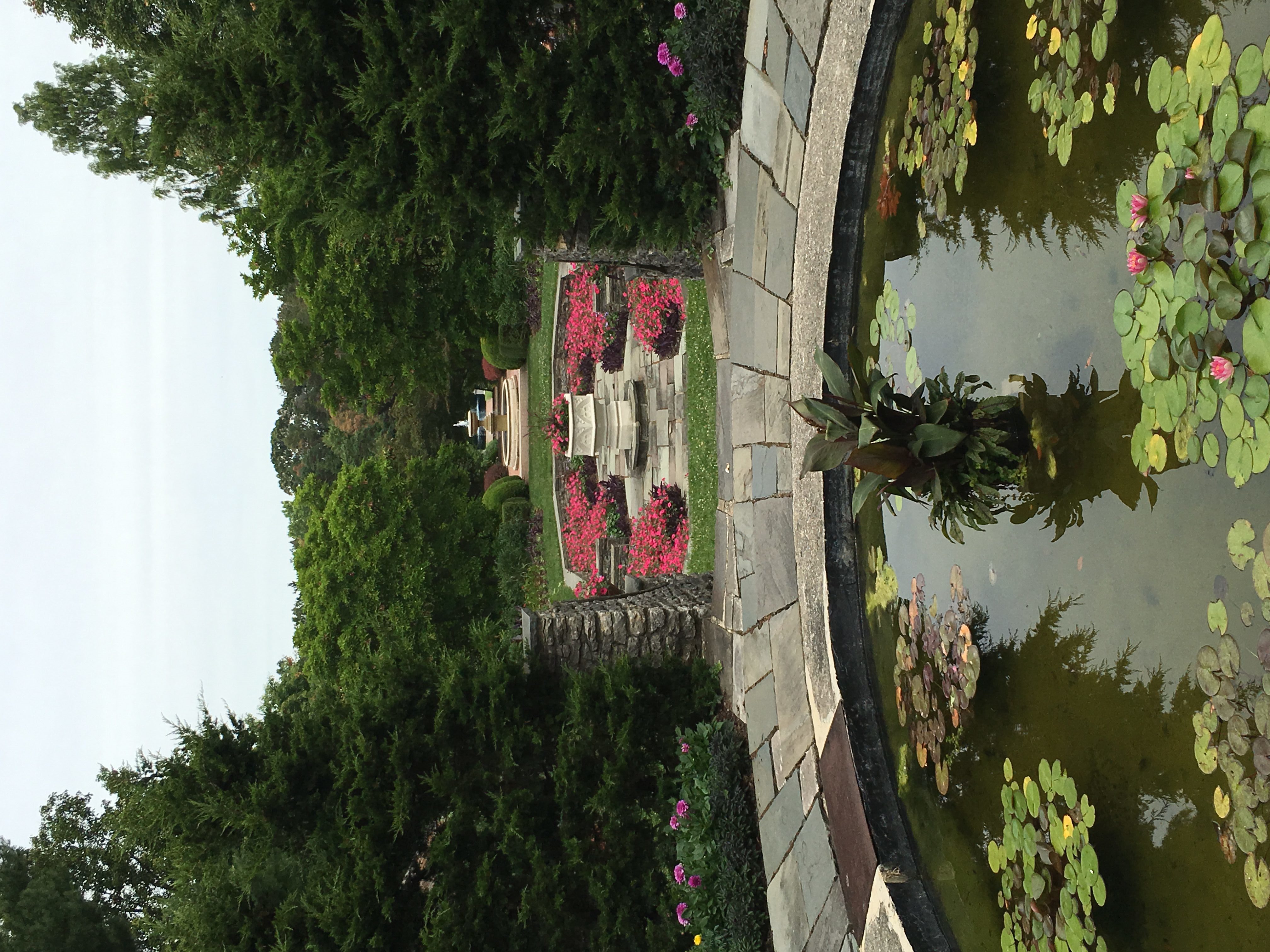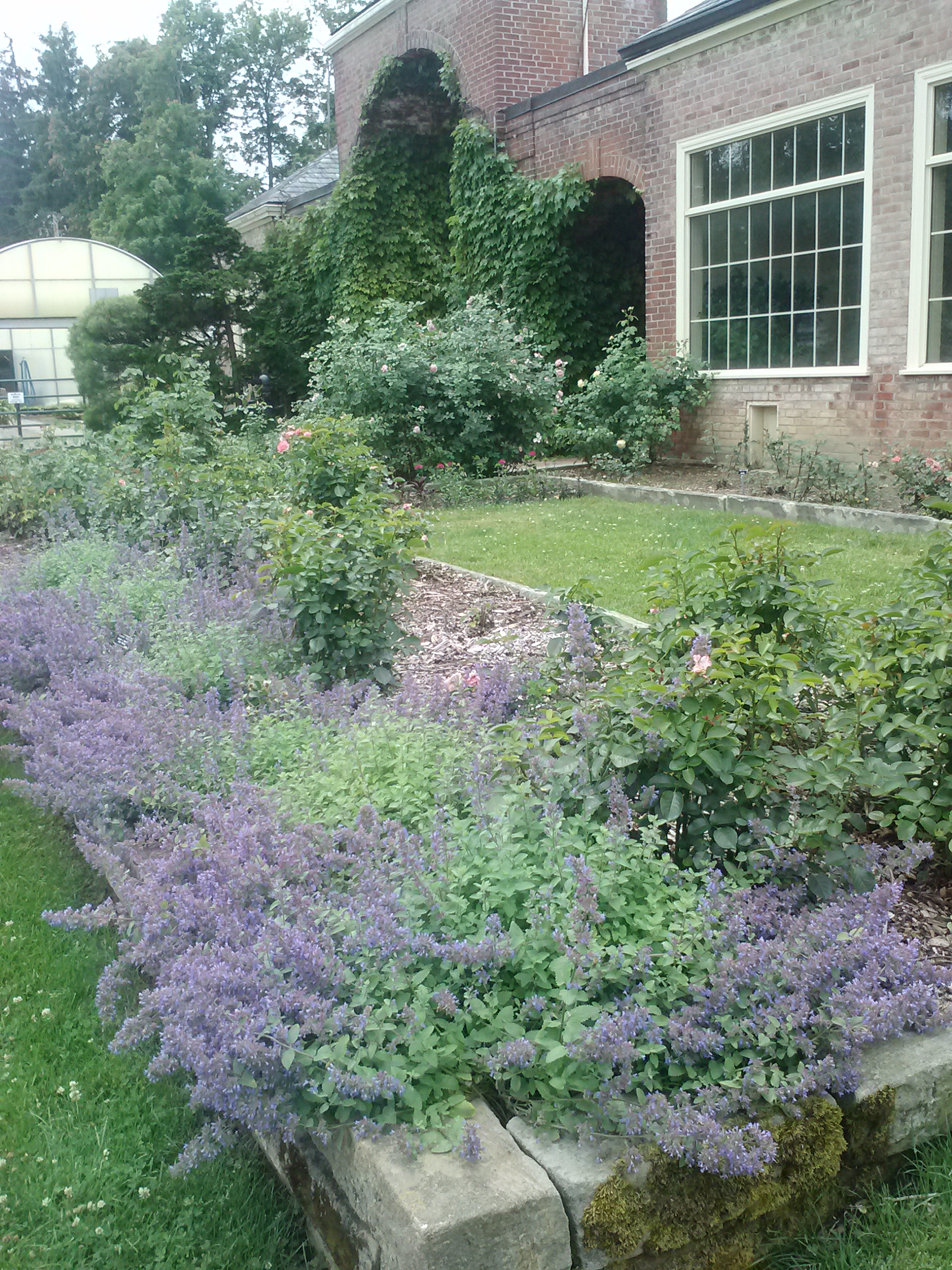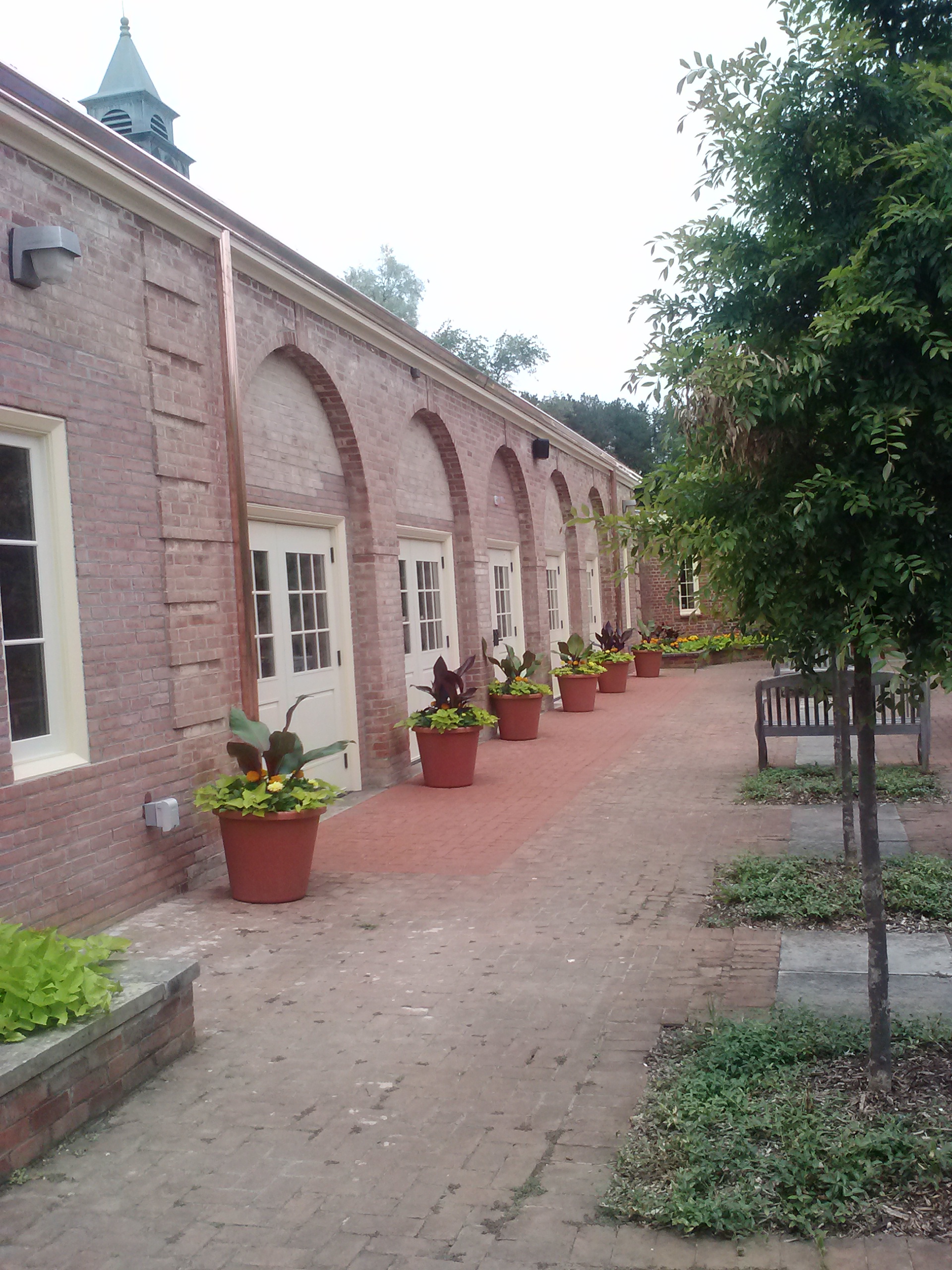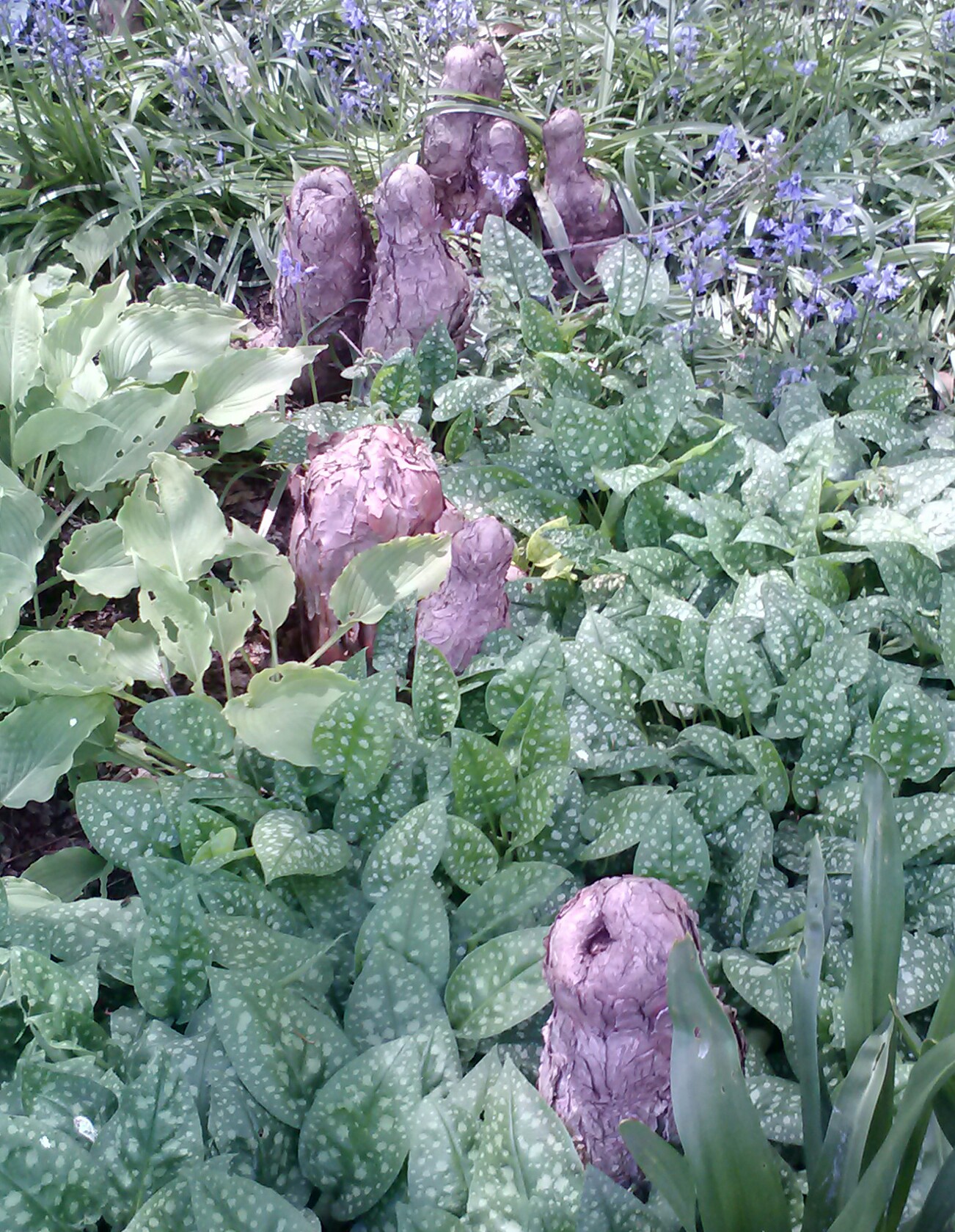by Elsa Johnson
In an interview for Yale Environment 360, German forester Peter Wohlleben answers “Certainly”. And no, he doesn’t look like an Ent. Wohlleben argues that trees are wonderful beings with innate adaptability, intelligence, and the capacity to communicate with, and heal, other trees. How did he come to this Enti-ish belief?
As a forester, he says, he was trained to look at trees as economic commodities (I cannot resist an aside here: to wit — our culture does not value things unless they are commodities), but after joining an agency for a community beech forest in Hummel, Germany, he became disillusioned. He began to see the use of traditional commodity forestry – clear cutting, and chemical use, for example – as putting short term profits ahead of sustainability. Now he manages the forest completely differently. Distressed by these traditional forest management practices, he re-thought his position because he was someone who wanted to protect nature, and he was being asked to destroy it.
Gradually he learned that the individuals of a species actually work together and cooperate with one another. In his book The Secret Life of Trees, Wohlleben writes about how trees are sophisticated organisms that live in families. He uses the term “mother tree” to describe a tree that is at the center of an interconnected web of roots, that can distinguish whether the root it encounters is its own root, the root of another species, or the roots of its own species (this is crudely verified on our local level by our experience with the same species trees in Forest Hill Park succumbing to disease while different species trees close by survive it ). Wohlleben describes how trees pass electrical signals through the bark and into the roots, and from there into the fungi networks in the soil, and thus alert nearby trees to dangers such as insects, or disease. Trees can also learn he says, citing the example of trees that in the year after a drought took up less water in the spring so that more remained available in the soil later in the season.
Sometimes accused of anthropomorphizing trees, Wohlleben says “We humans are emotional animals. We feel things. We don’t just know the world intellectually. So I use words of emotion to connect with people’s experience.” And: “We have been viewing nature like a machine. This is a pity because trees are badly misunderstood.” And: “Nobody thinks about the inner life of trees, the feelings of these wonderful living beings.” And: “Plants process information just as animals do, but for the most part they do this much more slowly. Is life in the slow lane worth less than life on the fast track?”
Wohlleben offers the evidence that trees growing in undisturbed natural forest can beneficially affect climate change by reducing temperatures and helping the soil retain moisture under their vast canopy. Conversely, climate change adversely affects trees less densely planted, as in common practice in tree plantations. The extra CO2 in the air today is making young trees grow about 30% faster than they did decades ago. The faster growth exhausts trees and makes them less healthy. Trees growing in undisturbed natural forest fare better, says Peter Wohlleben. They grow more closely together, causing humidity to rise, cooling the forest and helping soil retain moisture.
Ah, he loves his trees so much — maybe he is an Ent after all.
If you would like to read more of the interview with Peter Wohlleben, go to YALE ENVIRONMENT 360. The issue is 16 November, 2016. Yale 360 is an online magazine offering opinion, analysis, reporting, and debate on global environmental issues, written by scientists, journalists, environmentalists, academics, and policy makers (etc.). It is published by the Yale School of Forestry and Environmental Studies. The view and opinions expressed are those of the authors and not the school.
